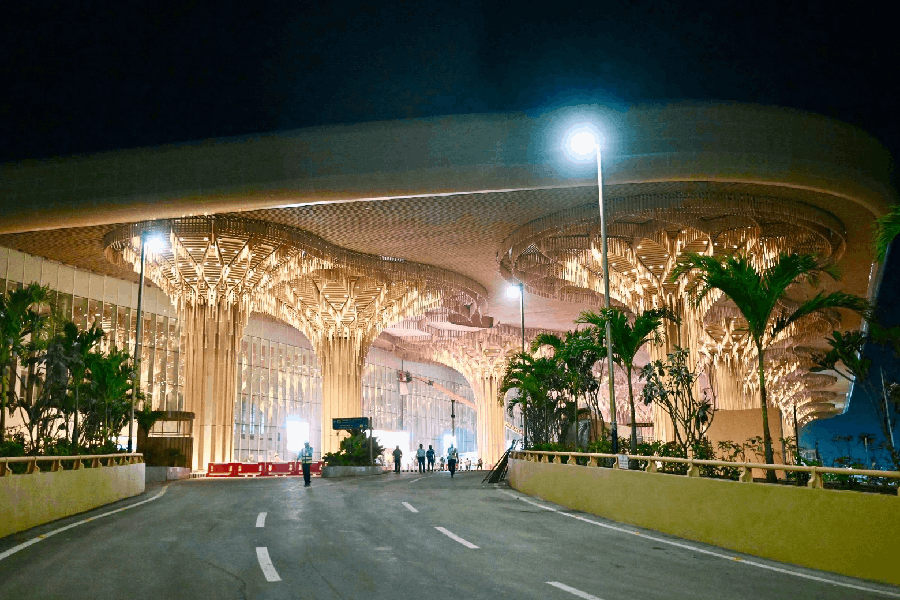Bhubaneswar, July 13: The Board for Industrial and Financial Reconstruction today approved the plan for the revival of the Fertiliser Corporation of India Limited plant in Talcher.
“Now that the board has given its nod to the proposal, the government will go ahead with its plan to revamp the plant,” Union minister of state for chemicals and fertilisers Srikant Jena told The Telegraph.
Rs 8,000 crore will be invested in the project. The plant will be revived as a joint venture of Rashtriya Chemicals and Fertilisers Limited and Coal India Limited. It will be an integrated coal gasification based ammonia-urea complex along with a nitric acid and ammonium nitrate complex at Talcher.
The urea project will be based on coal gasification for supply of synthesis gas, which would be set up on a build, own and operate basis. “A global tender will be issued soon,” an official said.
The upstream urea plant will have a capacity of around 1.15 metric tonnes, the nitric acid plant will yield around 850 metric tonnes per day and the ammonium nitrate plant around 1,000 metric tonnes per day. It is expected to cost around Rs 2,500 crore.
The estimated cost of downstream plants consisting of the ammonia urea complex, the nitric acid plant and the ammonium nitrate plant would be around Rs 6,000 crore, taking the total investment to approximately Rs 8,500 crore.
Coal India Limited will facilitate the coal availability for the project. During the 1970s, the coal-based urea plant was set up by the Fertiliser Corporation of India at Talcher on an experimental basis to cater to the needs of Odisha and Bengal.
The Union minister, who is from Odisha, had moved the proposal for the revival of the plant. Chief minister Naveen Patnaik too had written to Prime Minister Manmohan Singh urging him to revive the Talcher plant. Naveen had assured the Prime Minister that the state government would provide all support necessary for the revival of the plant.
Sources in the ministry of chemicals and fertilisers said the demand-production gap for urea in the country was projected at around 9 million tonnes during the current plan period, which was likely to go up further by an average rate of 2-3 per cent per annum. The revival of the closed fertiliser unit was expected to bridge the gap and reduce the country’s dependence on import.











